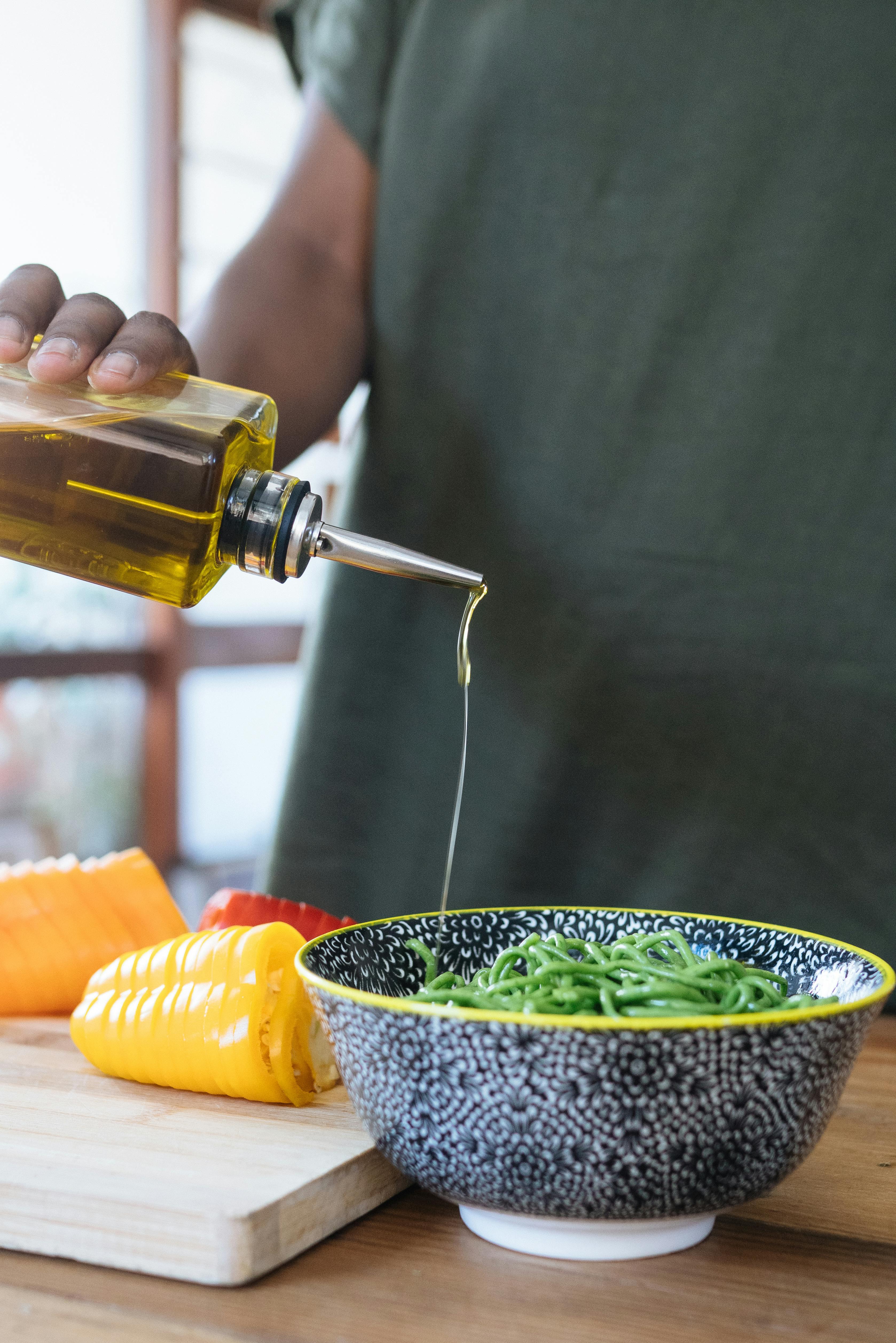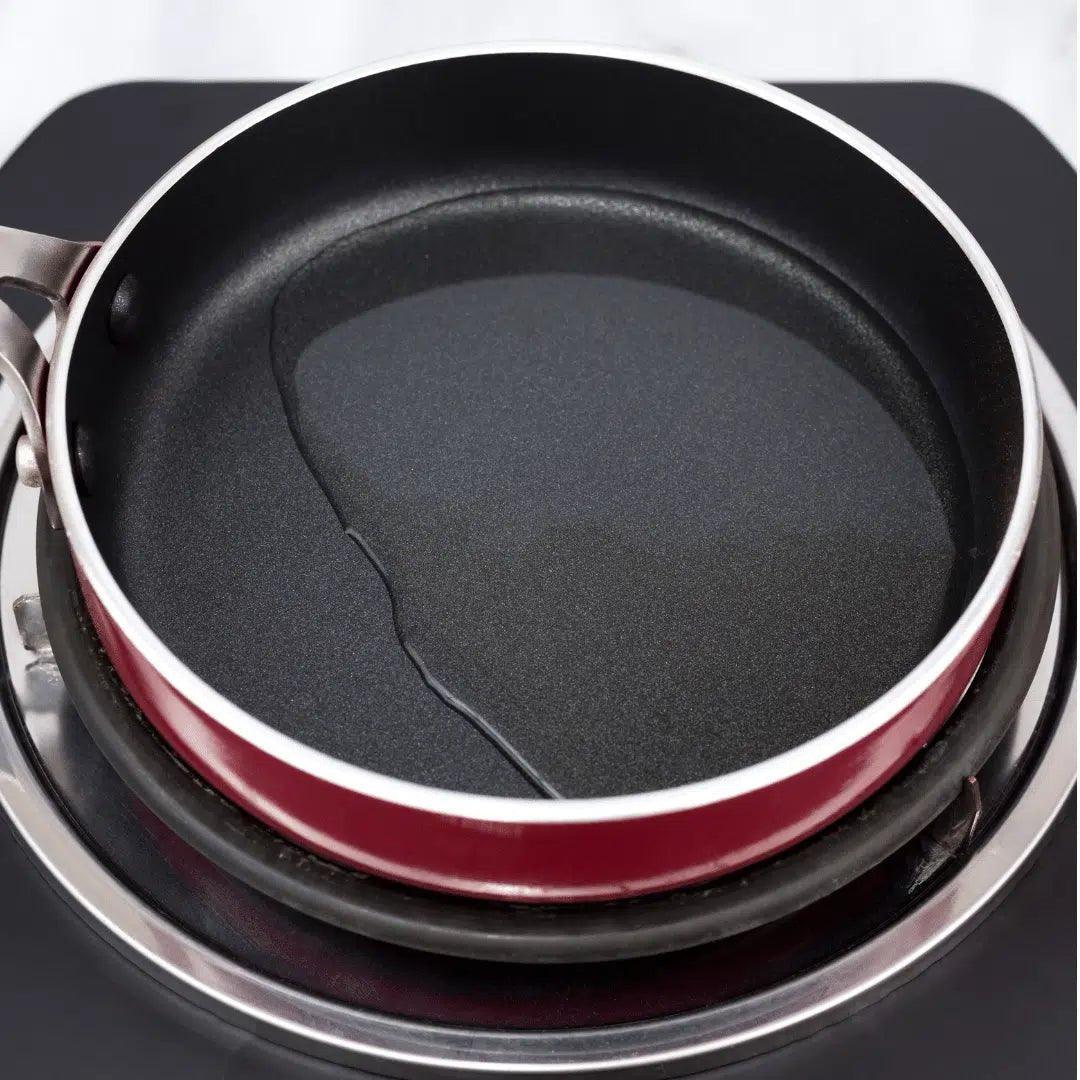Throughout history and across various cultures, the concept of the evil eye has persisted as a potent symbol of both fear and protection. Found in ancient texts, folklore, and contemporary beliefs, the evil eye is often portrayed as a malevolent gaze capable of causing harm or misfortune to its unwitting recipient. While interpretations and practices surrounding the evil eye vary widely, its presence in global cultures underscores its enduring significance.
The belief in the evil eye typically revolves around the idea that certain individuals possess the power to cast curses through their envious or covetous stares. This belief spans diverse regions, from Mediterranean countries to parts of Asia and Latin America, each with its unique customs for warding off this perceived threat. Protective talismans, such as blue beads, amulets, or charms, are commonly employed to deflect the gaze of the envious and safeguard against potential harm.
Anthropologists and historians trace the origins of the evil eye belief to ancient Mesopotamia and Egypt, where it was integrated into religious practices and rituals aimed at preserving well-being and prosperity. Over time, this belief system evolved and intertwined with local customs, becoming deeply ingrained in the fabric of cultural identities.
In Greece, the concept of the evil eye, known as "mati" or "μάτι," holds significant cultural importance. Greeks believe that jealousy and admiration can inadvertently cause harm to others through the evil eye's influence. To counteract this, Greeks employ various methods of protection, such as wearing charms called "mati" or using the symbol of the blue eye. These protective measures are often seen in homes, businesses, and worn as jewelry, serving as constant reminders of vigilance against negative energy.
Moreover, olive oil, a staple of Greek cuisine and culture, also plays a symbolic role in protection against the evil eye. Olive trees, with their ancient roots in Greek mythology and everyday life, are revered for their resilience and nourishment. Olive oil, extracted from these revered trees, is believed to possess purifying and protective qualities. It is used in religious rituals, anointing ceremonies, and even in household remedies aimed at safeguarding against malevolent forces, including the evil eye.
Interestingly, the evil eye myth persists even in modern times, transcending geographical and religious boundaries. While some view it as a superstition or an outdated concept, others uphold its significance as a cultural tradition that offers comfort and a sense of security in an uncertain world.
From a neutral standpoint, examining the myth of the evil eye reveals a complex tapestry of beliefs and practices that have shaped societies for centuries. While skeptics may question its validity, proponents argue for its enduring relevance as a symbolic tool for warding off negativity and promoting positive energy.
In conclusion, the concept of the evil eye serves as a compelling example of how cultural beliefs can endure across generations, offering insights into the human psyche and our shared quest for protection and well-being. Whether viewed through a lens of skepticism or embraced as a cultural tradition, the myth of the evil eye invites us to explore the rich diversity of human beliefs and the enduring power of symbols in our world today.
To learn more about the rich history and benefits of olive oil, check out these additional resources:
- Health Benefits of Olive Oil
- The Mediterranean Diet Guide
External Links:
- Harvard T.H. Chan School of Public Health: The Nutrition Source
- Healthline: 11 Proven Benefits of Olive Oil
These links provide valuable information and insights that can enhance your understanding and appreciation of olive oil's historical and contemporary significance.












